Dr. Aparna Roy Baliga’s book, Transcending the Glass Case: The Women Artists of Early 20th Century Bengal and the Gendered Indigenous Modernism, based on her doctoral thesis on gender studies in art history and aesthetics, has deeper roots than mere pedagogy. Brought up in a school environment where art was offered equal emphasis as education in Patha Bhavan, Kolkata, Roy Baliga reflects on the truly ‘co-educational’ nature of this early education; an atmosphere that encouraged young minds to decisively negate much of the gender bias prevalent in Bengali society, decades before the #MeToo movement. Roy Baliga hails from a family with a background in art history — she is the daughter of Dr. Archana Roy, long-time director of the Birla Academy of Art & Culture, Kolkata, an institution with an important museum and gallery.
When she moved to Kala Bhavana, Visva Bharati University, to study art history in the early 2000s, Roy Baliga’s interest in gender studies was piqued as she realized that there had been no woman teacher at the celebrated art conservatory for close to fifty years. In the consequent decade-and-a-half, Roy Baliga researched this specific lacuna; a painstakingly detailed process that gave rise to Transcending the Glass Case.
With a visibly feminist approach, Transcending the Glass Case delves deep into not just the art practices of women in early 20th century Bengal, but the stature of women in society, as such, and the changing roles of women in the cultural sphere as indigenous modernism is reclaimed via craft and design in the backdrop of the Swadeshi movement.

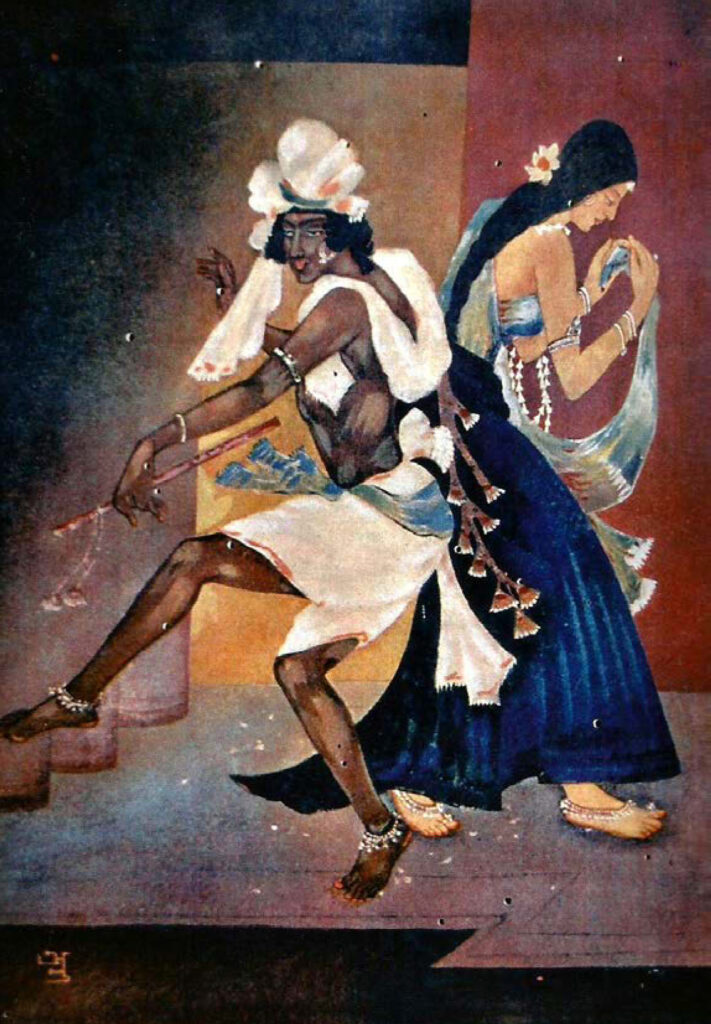
The glory years of the Bengal School saw a number of women teachers at Santiniketan. From the early 20th century, till the 1960s, there were women teachers in Kala Bhavana, like Sukumari Devi to Chitranibha Chowdhury (arguably the first woman painter of Bangladesh) to Gouri Bhanja (Nandalal Bose’s daughter). Pratima Devi (wife of Rathindranath Tagore) collaborated extensively with students; Sunayani Devi (niece to Rabindranath Tagore; younger sister of celebrated artists Abanindranath and Gaganendranath Tagore) was an important presence.
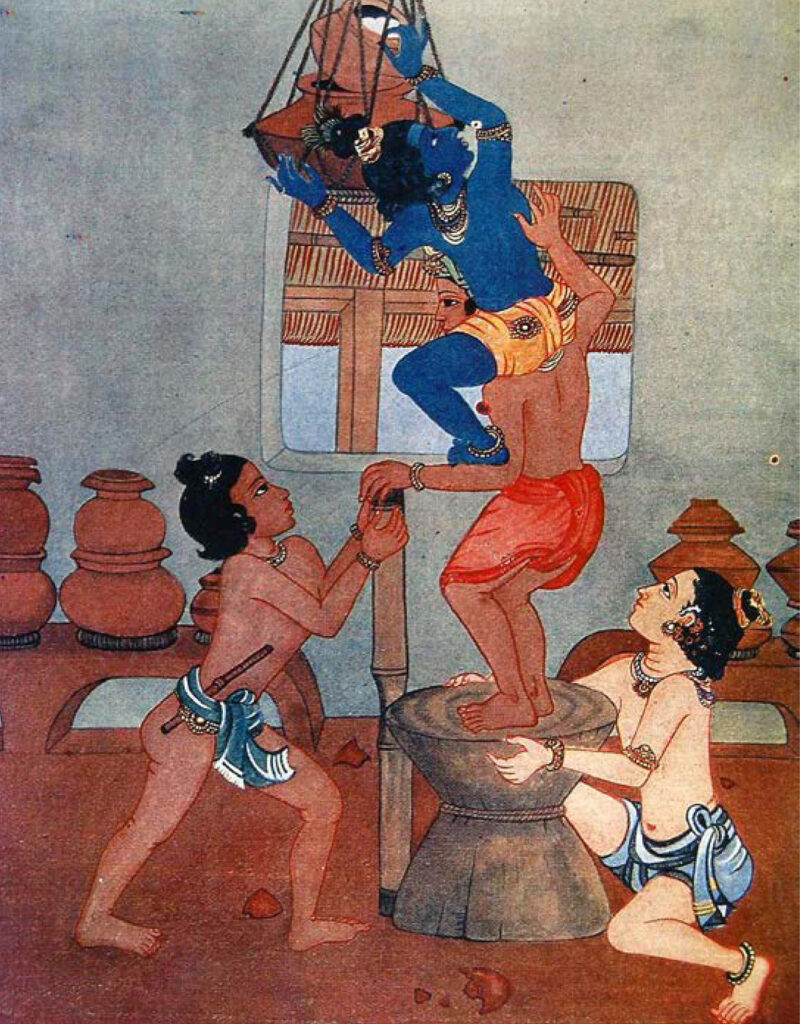
“My interest in women artists began with my introduction to the art of Sunayani Devi. As students at Kala Bhavana, we brought out a monthly magazine titled ‘Searching Lines’, where I wrote a piece on Sunayani Devi. Through this article, I was introduced to her grandson, well-known art critic Kishore Chatterjee, who helped me immensely in documenting Sunayani Devi’s works,” Roy Baliga says. Her interest in women artists of the Bengal School carried over to her work as a Master’s student at MS University Baroda – where “there were significant women teachers” – and she completed her doctoral thesis on the subject. “It made a lot of difference, right from the course structure,” recalls Roy Baliga.
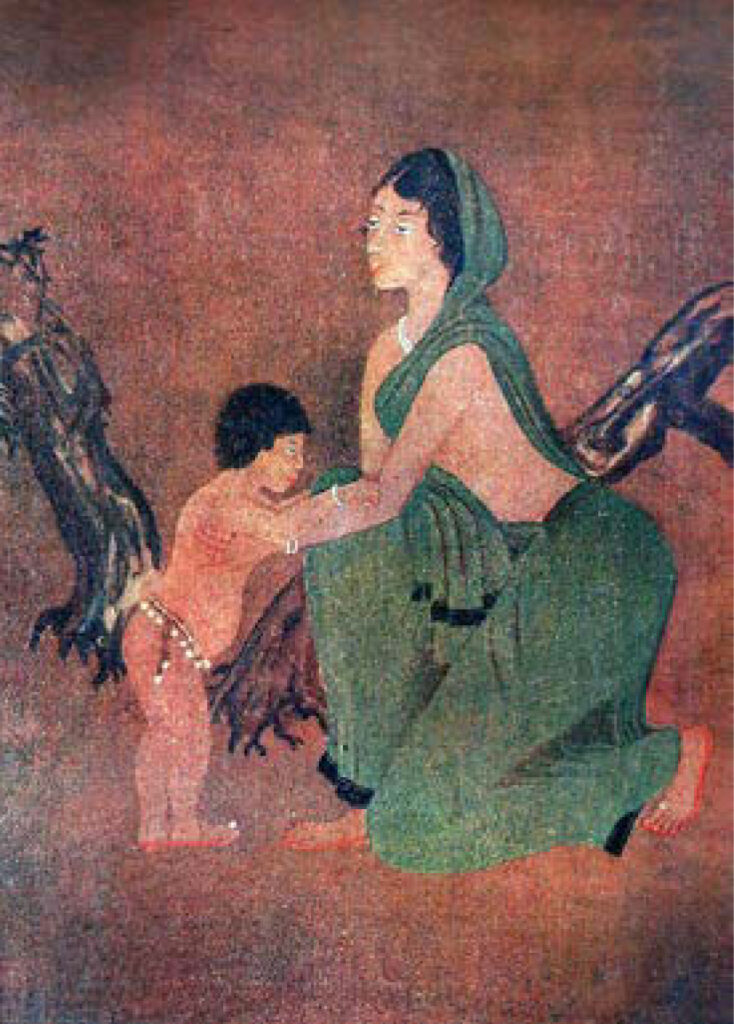
Two publications played an important role in Roy Baliga’s research – New Indian Aesthetics by Tapati Guha-Thakurta and Contextual Modernism by R. Siva Kumar. “These writings changed my perspective,” acknowledges Roy Baliga.
The book offers an interesting structuralist perspective into feminism in India via the cultural space, specifically the cultural space of Santiniketan, which had a far-reaching impact on Bengali, and broadly speaking, Indian society, in the early to mid-20th century.
“The concept of a woman placed in ghar and bahir, the sexual division of labour were aspects in which I found the possibility of research,” Roy Baliga says.
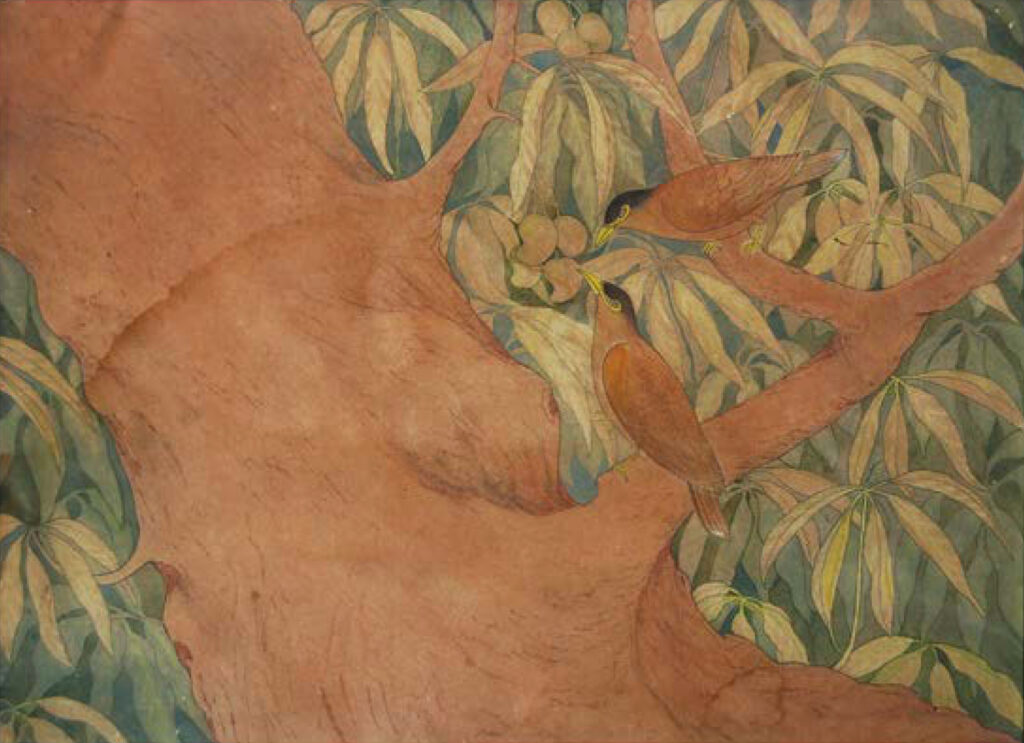

Apart from its feminist point of view, or perhaps because of it, Transcending the Glass Case seeks out the conflicts Bengal faced by the juxtaposition of a noveau Renaissance, nationalistic ideals and Western values brought on by an urge to discern modernism; a sort of dichotomy that the modern Bengali still struggles to make sense of, while simultaneously offering a rich repository of images in chapters dedicated to the male gaze, Colonial or otherwise. A rather interesting facet of the book is how, in its penultimate chapter devoted to Kala Bhavana, it offers specific, detailed information on many of the individual woman artists and their work; many of them little or barely-known, many of the works unseen. We get to witness the works of artists like Santa Devi (daughter of iconic editor and Hindu Mahasabha leader Ramananda Chattopadhyay), Gauri Bhanja, Rani Chanda, Indulekha Ghosh and Anukana Dasgupta, among others. “Language is a formidable tool. There is a structural sexism that exists in art writing that has largely omitted even significant practitioners, like Maharajkumari Binodini Devi, from Manipur, and Kiran Barua,” Roy Baliga points out.
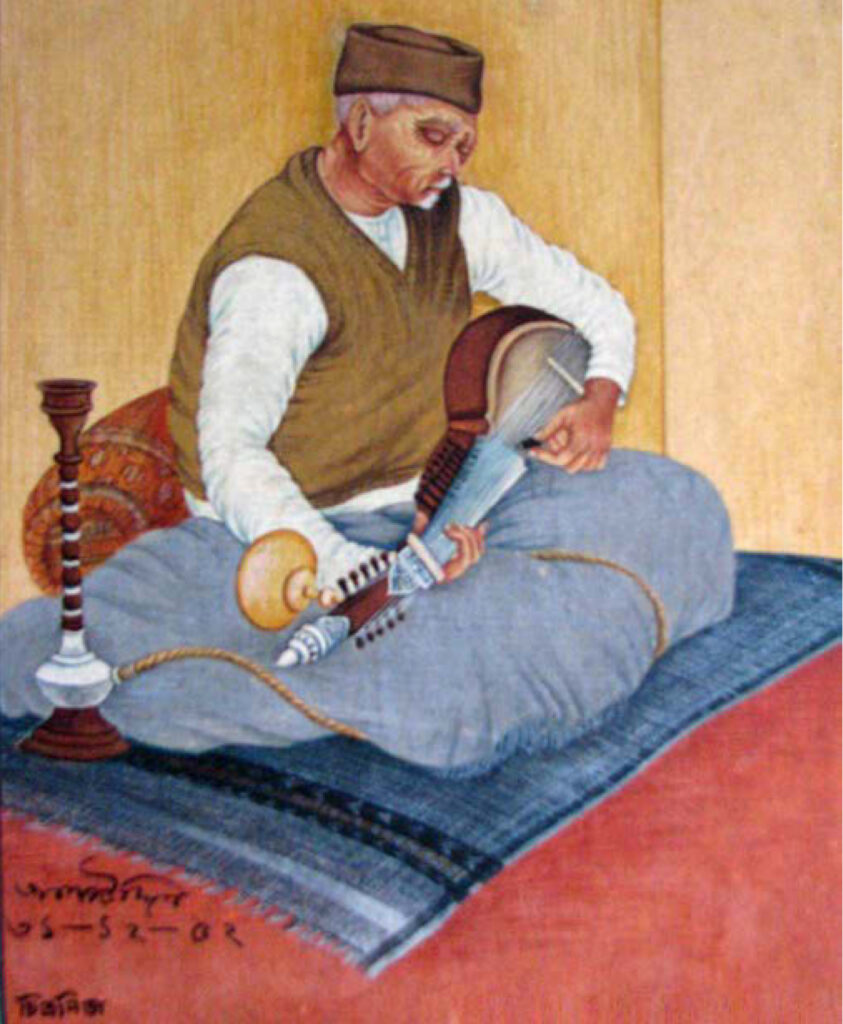
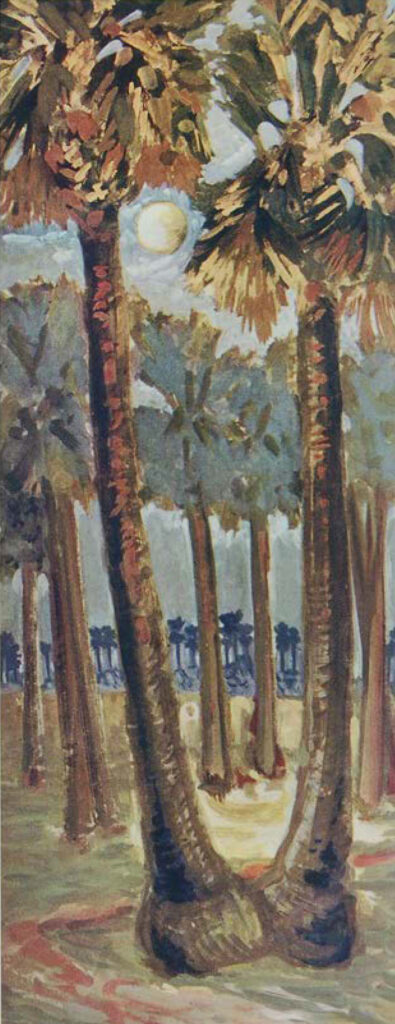
As Roy Baliga writes in her note, Transcending the Glass Case aims to “…relook and perhaps redesign the art historiography of the ‘Swadeshi art movement’ and contribute to the feminist interventions in Indian art.” In that objective, it is largely successful. Transcending the Glass Case offers a significant parallel contribution to the primarily masculine narrative of what is one of the most important art movements in modern India. In its reconstruction of history set against the backdrop of the country’s Independence, it moves beyond the proverbial glass case of patriarchy.
Transcending the Glass Case: The Women Artists of Early 20th Century Bengal and the Gendered Indigenous Modernism
Dr Aparna Roy Baliga
Art & Deal, New Delhi
Rs 2,000/-





